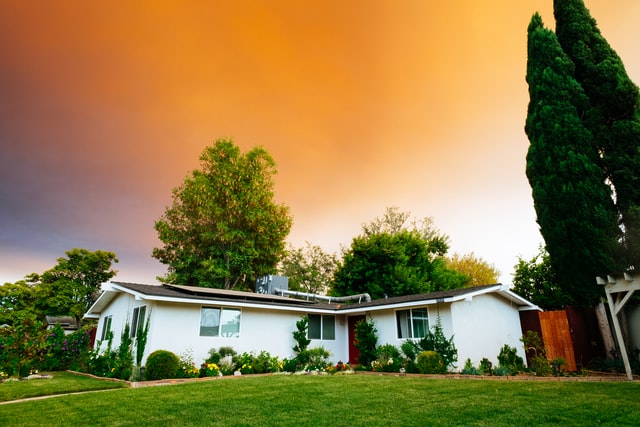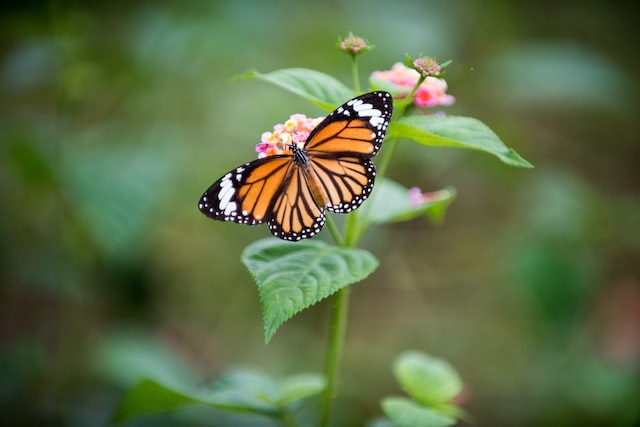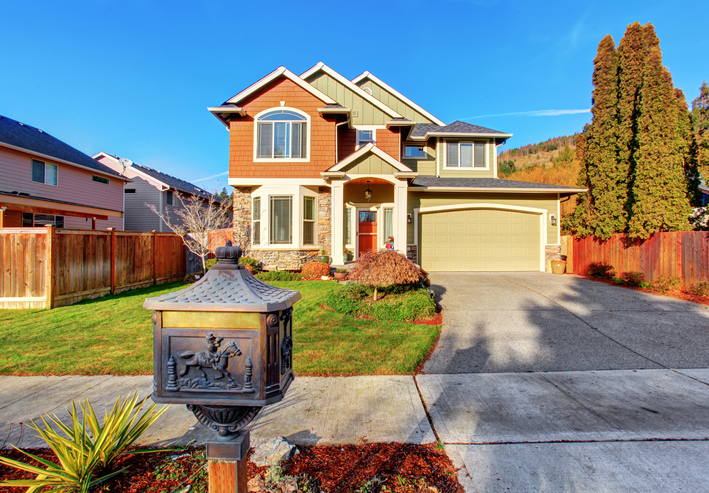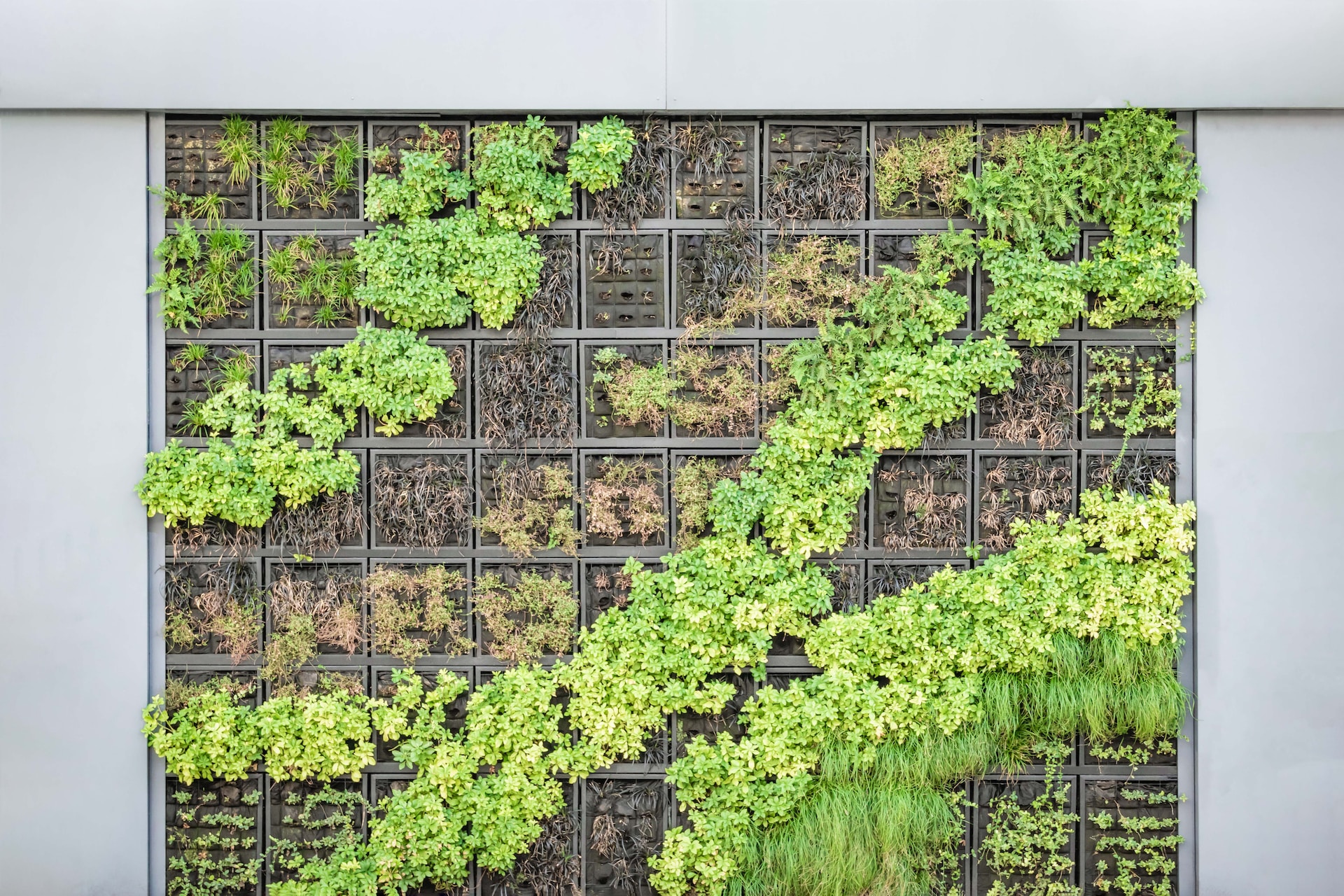Each year, Americans spend lots of hours and millions of dollars researching ways to transform their plain lawns and outdoor spaces into visibly engaging, well-furnished, lush areas full of plants, flowers, and trees.
Planning on a new landscape design, thinking of lawn maintenance routines, or even considering buying or selling a house and wondering which type of trees offer your home value?
Read this helpful guide from our experts and see it is essential to understand each specialist’s role.
What are the best ways to ensure privacy in your backyard?
First, you need to decide if you want a feeling of privacy or actual privacy. A feeling of privacy can be achieved, even in gardens with very limited space, with some well placed trees or shrubs. I like to use plants that give me some height without taking up a bunch of garden space. Locate them to interfere with views from neighboring windows or to fill in spaces near a patio or deck that feels too open.
If you want actual privacy, then a hedge is the way to go. Hedges do not have to be boring green walls. Take a layered approach and mix 3-5 plant varieties to create a dense barrier. If you do plant a green wall, then be sure to add some plants in front of it that offer a lot of contrast. This layer of contrasting color and texture helps turn the hedge itself into a structural element.
Once you have the desired level of visual privacy, you can consider adding a water feature or fountain. The sound of running water pushes neighborhood noise back a level and makes your conversations feel more private.
Ben Bowen from Ross NW Watergardens
How can you turn your backyard into an oasis?
The more diversity, the more interest! Have an abundance of different flower and plant species that will keep your oasis colorful and blooming year-round and pair it with water features, seating options, a fire area, and appropriate lighting. After that, it’s about keeping your lawn and garden clean and maintained for an added touch of elegance.
Rachel Wachtler from Green Oasis
What are the key ingredients of a good succulent soil mix for a garden?
As a rule of thumb, a good succulent soil mix should be well-draining and airy. Ingredients of a good succulent soil mix include coarse sand, perlite, and a well-draining potting mix. Sand is used to increase drainage and prevent soil compaction, while perlite is added to increase the soil’s aeration. A well-draining potting mix, such as one made for cacti and succulents, should also be added to the mix to provide nutrients to the plant.
When creating a succulent mix, avoid using heavy or moisture-retentive soil components such as peat moss or garden soil. These can different issues for succulent plants, such as root rot. Finally, the mix should be specifically formulated to meet the unique needs of these plants, and by using the right ingredients, gardeners can create an optimal growing environment for succulents.
Richard Miller from Succulent City
What trees do you recommend and how can you include them as part of your patio design?
I’d use Japanese Maple because it’s beautiful and easy to grow. It also doesn’t get super big, so typically easy to maintain. It does shed leaves, so that’s the only maintenance.
Winny Rotsidis from New Pacific Direct
What needs to be considered before making any landscaping design?
The first consideration before creating a designed landscape is the present condition of the landscape. Addressing absolute needs before aesthetics. The most common needs are:
- Grade
- Run-off/drainage
- Eradication of invasive vegetation
- Soil health
- Tree and shrub health
Grade- beginning from the foundation of structures on the land, positive grade must be confirmed and negative grade addressed.
Run-off/drainage- Where is the storm water going? How does irrigated land drain? Which methods of mitigation are to be considered (pocket glades, rain gardens, retention ponds)?
Eradication of invasive vegetation- Callery Pear, Manchurian Honeysuckle, Trumpet Vine, and Kutzu are just a few of the invasive species found in the U.S.. A strategy for their eradication and thoughtful implementation is key to a successful landscape.
Soil Health- From the compacted native soil of new construction to the overly dosed established lawn, much of the soil of developed land is essentially lifeless. A strategy to re-generate soil is paramount. Introducing carbon and soil biologics are a great start. Healthy soil = healthy plants.
Tree and shrub health- A critical evaluation of the established landscape plantings is key to future success. Is the tree or shrub stressed? Is the tree or shrub in need of pruning/thinning? What is the real ecological and aesthetic value of that tree or shrub?
Once we have a clean and healthy canvas, let Creation’s palette flow in abundance and success!
Chris Oursler from Colonial Gardens
How to upkeep your backyard – DIY tree trimming and safety tips?
There is never a wrong time to prune back a dead or diseased tree branch. If you are wanting to shape your tree, the best time is typically in late winter or early spring but it will also depend on the type of tree so be sure to do your research. For example: you do not want to prune Japanese Magnolias, Redbuds, or Cherries in spring because you risk cutting off that spring’s showy flowers. So the best time to prune those types of trees would be as soon as they are done flowering. Safety tips when pruning or updating your backyard would be to use the proper tools and materials at all times to avoid an accident. Always call the professionals when you are unsure or during an unsafe procedure such as climbing a ladder. It’s better to be safe than sorry!
Nikki Bruner from My Perfect Plants
How much value does landscaping, especially trees add to your house?
Landscaping as a whole adds as much as 15% value to the property. But in most states, trees and other landscape components are viewed as personal property that has a distinct value well above the value of the land and the buildings.
Dixie Russell from Trees 4 Ohio
James Eastwood from Venchas
Which types of soil are best for plant growth?
Some plants prefer sandy loam soil with good drainage and lower nutrient content, such as Sages and Palm trees. Others may prefer soil with more clay content and a higher pH, like ornamentals such as Asters and Hostas. The best approach is to have your soil tested to know its nutrient content and characteristics. You will be better prepared when making your plant selections with that information. Now, there are some things one should watch out for. Soils composed mostly of sand or clay can be too harsh for most plants.
Additionally, soils with a high salt content or an extremely low or high pH can make growing healthy plants very difficult. In a perfect world, we would all have sandy loam soil with a good amount of organic matter and a pH range between 6 and 7. Then again, if we all had the same soil, we would miss out on the wide range of plants that have adapted to the many soil types out there.
Joe Pedroza from TPSL
What are the best lawn restoration tips in case of cold/hot/fire damaged lawn?
The best tip is to consult a professional because each situation is different depending on location, type of lawn, size, irrigation, soil, and availability of materials. The best approach for a gorgeous new lawn is to remove the old lawn, regrade, and lay new sod or hydro seed. Another approach would be to power rake, top dress with a mixture of amended topsoil and sand to level and fill holes, apply seed, and then apply straw or mulch or hydro seed. Proper automated irrigation is fundamental to a healthy lawn and an important key to the restoration process.
Daniel Bisso from Billings Landscape, LLC
What can you do with storm damaged trees and bushes?
If the storm damage is not impacting the structural integrity of the tree or bush there is a good chance that it can be saved. Storm damaged branches should be safely, and properly trimmed back to allow the tree to begin the healing process. It is important to have storm-damaged trees looked over carefully by a professional. Oftentimes the damage isn’t readily visible to the untrained eye, and only manifests itself when the tree fails due to damage sustained during a storm.
Joe Peters from Timber Works Tree Care
What do you recommend for paving your patio?
Although patios are most usually paved with concrete, bricks, block paving, tiles, cobbles, or gravel; nothing can compare to the durability, beauty, and value of natural stone.Since ancient times natural stone has been used for many purposes and no matter what you choose; it will never go out of style.Natural stone exudes style and class, is timeless and not effected by fashion trends. By adding it to your home , it will increase the value of your property.
Donna Jones from Fort Schuyler Trading Company




